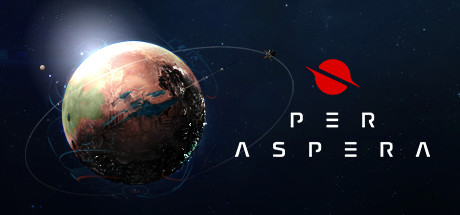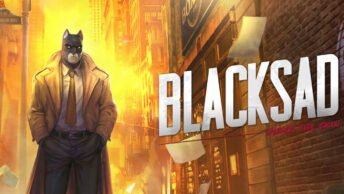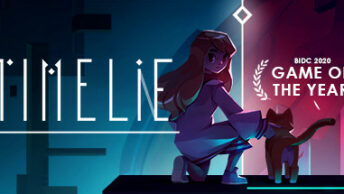Per Aspera is a colony management game where you play the role of a state-of-the-art artificial intelligence charged with terraforming Mars. Ironically, it needs a few patches until fully operational.
Type: Single-player
Genre: Strategy, Management,
City-Building, Narrative, AI
Developer: Tlön Industries
Publisher: Raw Fury
Release date: 3 December, 2020


Introduction
Per Aspera is a just release city-building game set in Mars; beyond maintaining a self-sustaining colony of robots, you’ll also have to juggle the terraforming of the planet and … “electric sheep”.
It’s a very unique game in most aspects – mechanically, but especially in its presentation! It also has a quite heavy focus on narrative, which is certainly interesting, but problematic.
Released by Tlön Industries (named after my favourite Borges’ story!), it certainly deserves attention, but is unfortunately mired in technical and design problems that make it a hard recommendation.
The potential is enormous, but I’d advise caution, and likely a reevaluation in a couple of months to see if the devs have managed to polish the game and show the game in the light it deserves.
I’ll start with Presentation and Basic Gameplay, then go over each specific gameplay system and finish with some higher level aspects of the game.
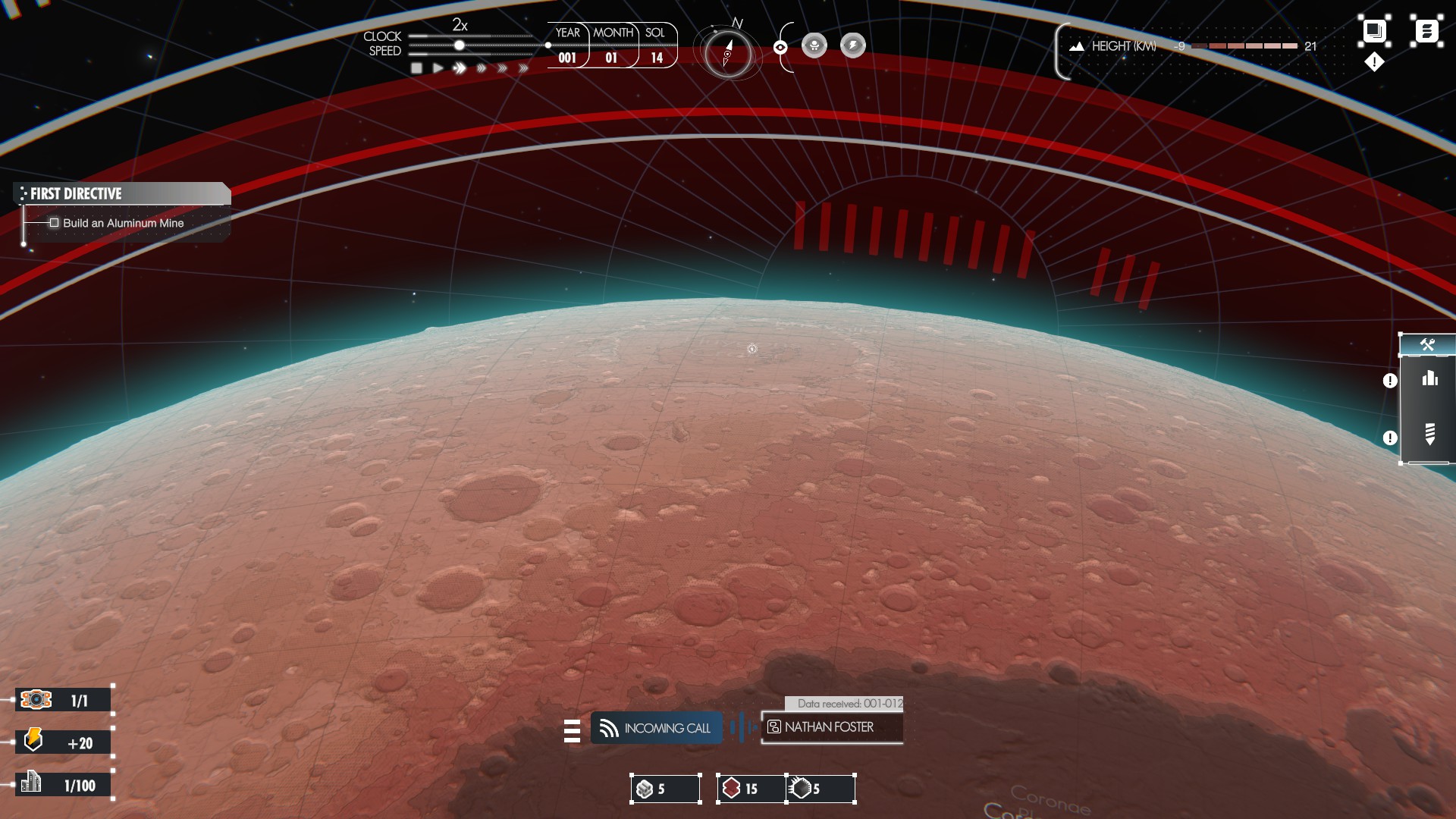
Presentation and Detail
The best aspect of Per Aspera, for sure, is its presentation (though not without some problems).
From the very beginning, you’ll be awed by its simple but beautiful and detailed graphical style, and above all its slick interface. Everything is stylized and neat – and an update during the pre-release made it even better!
Beyond the first moments, the game clearly shows great attention to details, with the music’s instrumental layering subtly changing as you zoom in and out of the planet. Really, it’s beautiful to see and hear!
As you play on, you’ll also noticed how the planet slowly changes from a reddish wasteland into something more akin to home; that is, if you’re not busy relocating whichever part of your colony is drowning.
The only problem, presentation-wise, is the interface. It has substantial visibility issues (especially when you want to find specific buildings or resources at a glance when zoomed out) and placing buildings can be awkward when the mouse snaps to the wrong place, or placement is blocked by an interface box.
It also lacks warnings of many sorts – I’ve often had clusters of my colony fail because a certain resource ran out or buildings went into disrepair while I was focusing elsewhere. Same with combat; the first time combat was introduced, my colony was wiped out because I didn’t even know I was being attacked. These problems are usually solvable by loading 10 or 15 minutes earlier, but are still annoying.
Still, if you want aesthetic, you’ve got it in spades, here!
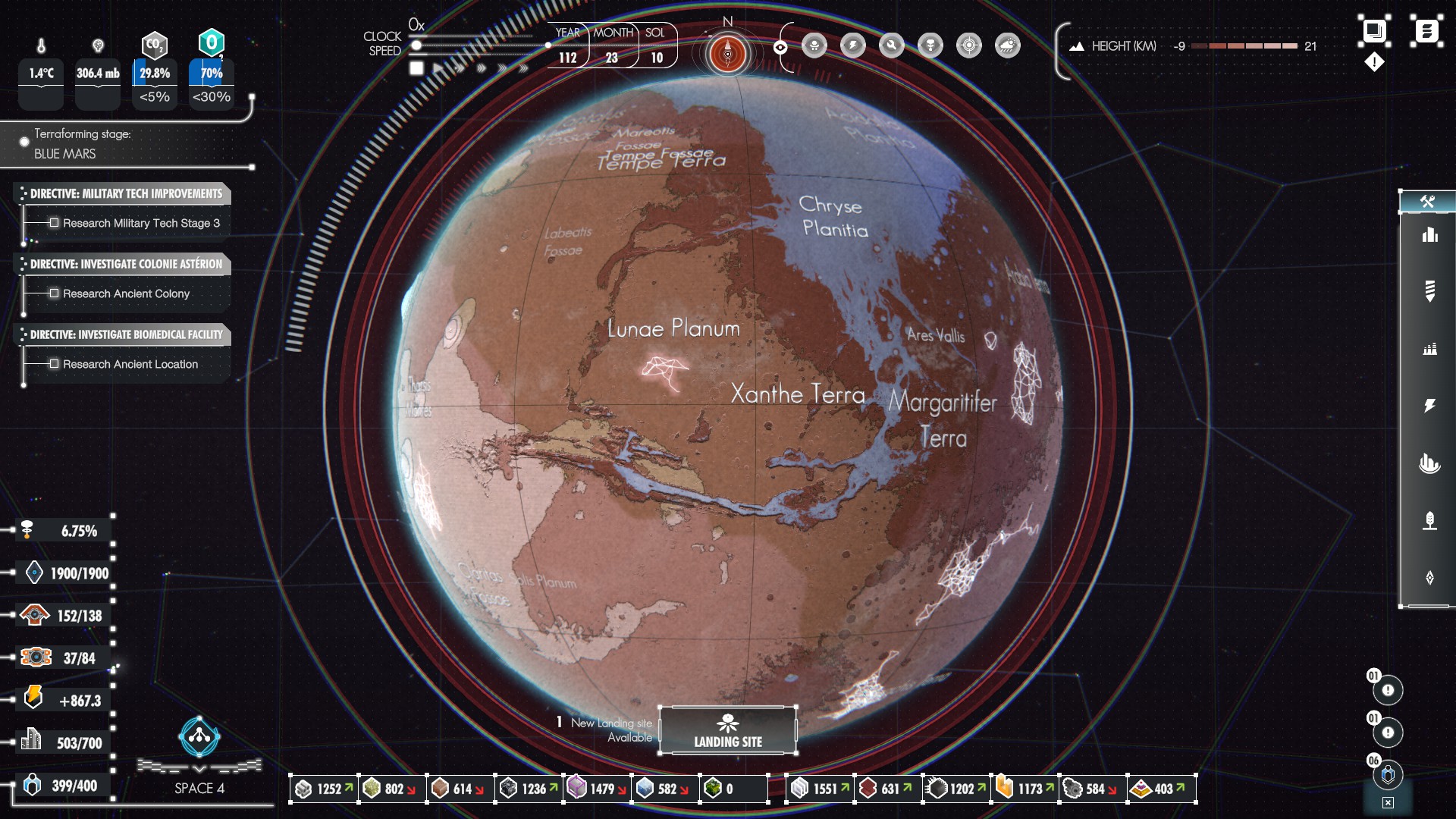
Basic Gameplay
Per Aspera is composed of three fairly independent super-systems: colony management, combat and research; Obviously, they are not entirely separate, but the separation is sensical. Colony management is mostly about sustaining the colony itself, extracting enough resources to repair the buildings and drones; combat uses very few resources (and even less research, from my experience); research plays practically no role in resource/colony management; resource management is the unifying system that supports the other three.
As usual, you have your basic resources – primary (iron, coal, chemicals, water, etc.) and secondary (steel, electronics, food, etc.). Power and worker management is also extremely central, here. You’ll need to build solar generators (or other kinds later on) to supply power to every building, and you’ll also need to build many worker hubs to create roads between various places as well as providing a home and anchor to your worker drones.
This looks really great from a distance, when you see your colony’s network sprawling all over the planet.
One great aspect about the game is that it is minimal, but deliberate. Unlike most city-builders I’ve review, every resources has its use – often multiple uses. This is not a bloated game! – and that’s a huge plus, for me.
One important thing to note is that resources are *finite*. This is probably the most important aspect of the game (at least on Hard mode). Sooner or later, you will probably run out of a certain resource; when this happens, you better have found another node by scanning the nearby area (although note, also, that these nodes are finite as well), or your whole production chain will halt, and all of your buildings and workers will soon perish. Alternatively, you can prepare yourself by building additional “landing sites”, letting you create a separate branch of your colony. If too far away, they won’t be able to interact, but it lets you create a more robust overall colony.
Combat and Colony are mostly sustained by mineral resources – steel, electronics and parts (though some chemical are needed as well), while the Research is sustained by water and chemicals. Exploring the planet will be extremely important to know where to setup various branches of your colony for each purpose.
Combat itself is very simple. You can create “hives”, which are basically defensive towers and also house your attack drones. Then, you have attack drone factories. That’s more or less it. You can stack them and use them to defend your base or send them out to attack “the enemy”.
Research is fed by your human colonists, who require water and food (made from chemicals and water) for their research. You spend your research points in a tech tree – mostly important for the terraforming aspect.
Colony management is about locating resources, building mines and refiners, and maintaining a sufficient number of workers to keep production flowing. As I said before, providing power and maintenance facilities to reach every other building is of the utmost important.
Terraforming itself is mostly about research; unfortunately, it wasn’t much more than a “narrative barrier”, about which I’ll write more on its own section.
Overall, the game is quite satisfying to play, when it works. I do think Hard mode is a bit too frugal with its resources, forcing you to constantly create new colonies due to resource depletion, especially when it comes to research. The game can also be quite opaque, with the in-game “wiki” being of practically no use at all with is vague descriptions, as are mission directives.
I like the structure of the game, especially the way it guides the pace with several side missions and narrative segments; but this is also something that needs refinement.
Now, let’s look at each specific component of the game.
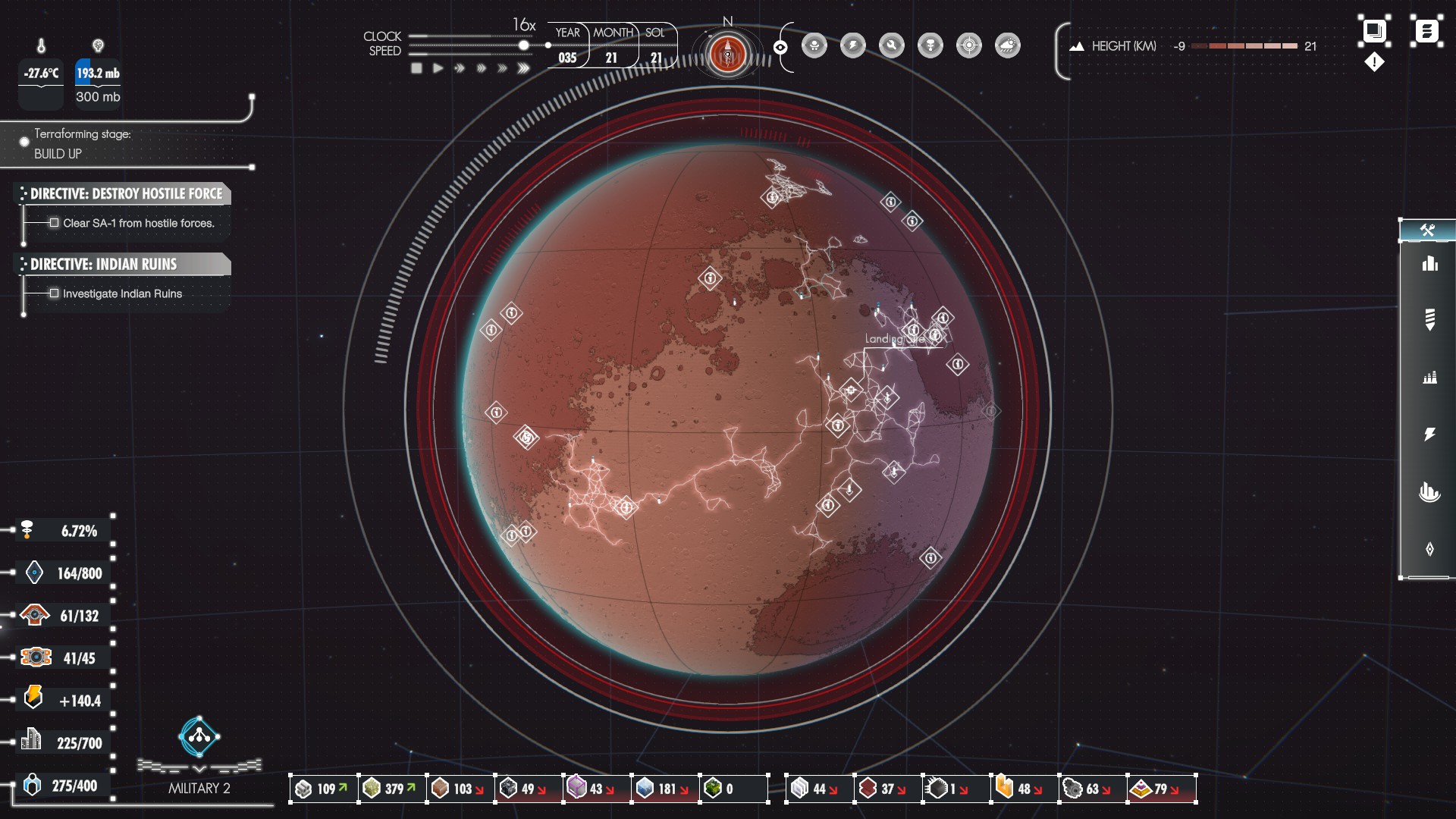
Combat and Research
Combat is, in my view, a fairly redundant addition. Sure, it adds some stress (of the good kind) when you first encounter it, since it is an additional burden on already scarce resources. That said, you quickly learn that enemies rarely pose a threat. The system seems to be just a law of large numbers – case in point, at first I sent various groups of 200 units that quickly got eaten; when I stacked 1000 units at once, they just melted through everything – enemy and building alike. After this, combat was never a problem anymore, to the very end. It’s weird.
Also, while there is a whole branch of research dedicated to combat, I didn’t use any of it – research points are scarce, so I spent them elsewhere. It didn’t prove to be a problem at all.
While the combat provides a nice vehicle for one side of the narrative, it is mechanically superfluous. Not that I need a city builder to have combat at all, but it ends up being an unsatisfying addition.
Research itself is also quite a disappointment, especially when it comes to resource extraction. You can research factory or mine upgrades, but these don’t make it any more *efficient*, only *faster*. Since resources are finite, however,
you don’t want speed, for the most part – especially when the upgrades also make buildings significantly more expensive. Overall, it seems just a resource drain with little benefit.
Where it makes the biggest difference, however, is in terraforming. In each phase of the game, you’ll have to research one or several buildings to control temperature, water or gas (oxygen, CO2, nitrate, etc.) levels. I’ll write a bit more about this on the next section.
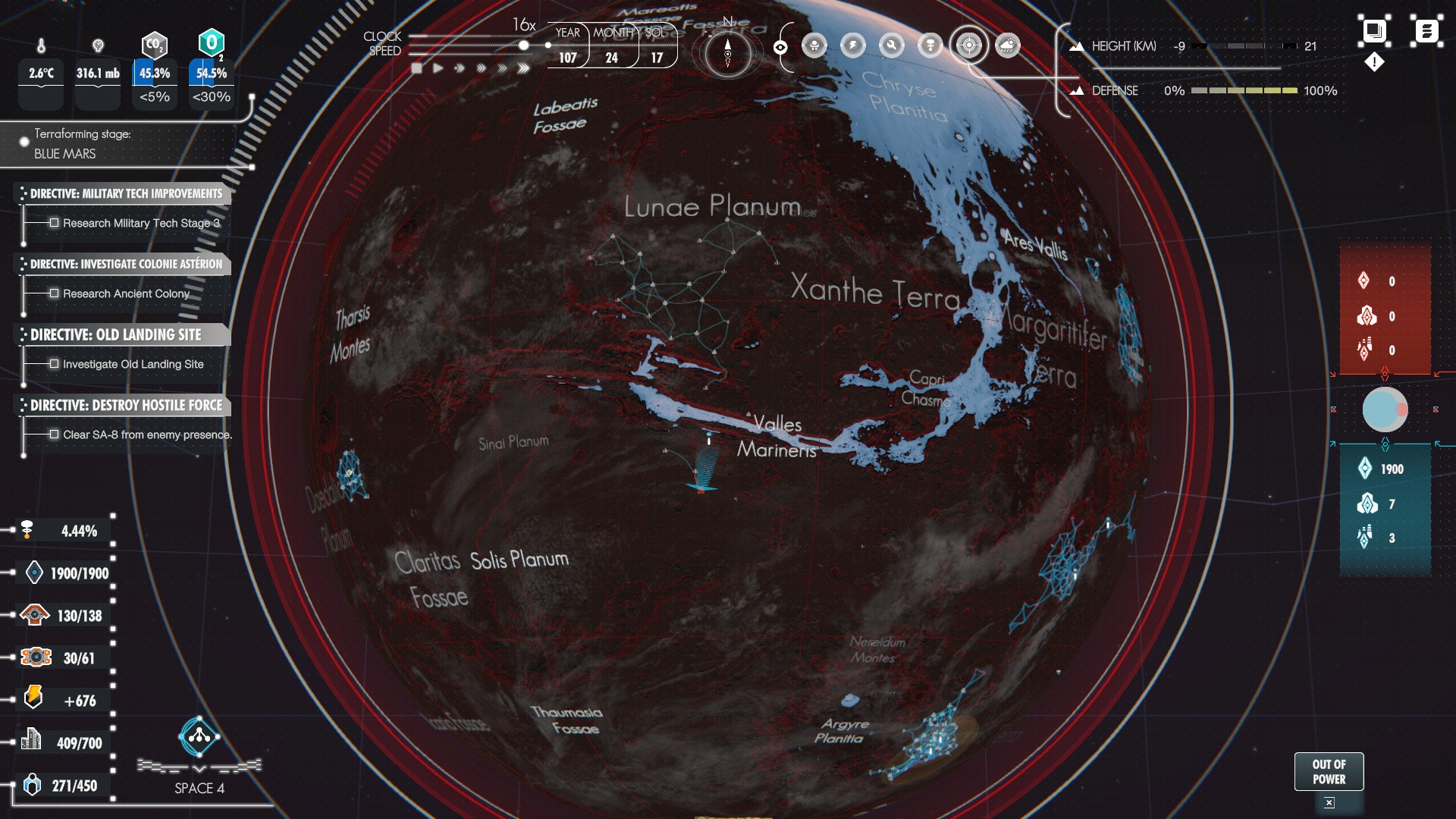
Terraforming Phases and Ecology
One thing I thought was really cool about the game, initially, was how it explicitly presented different “phases”. I expected these to involve genuinely different kinds of gameplay – with different ecological challenges, perhaps, using previous buildings to transform the planet in a new way.
Unfortunately, it was quickly revealed that ecology wasn’t quite the focus. Sure, you “manage” the various levels of resources, but these are mostly a “grind”. First you grind for the research points to unlock the right building, and then you grind for the resources themselves, waiting for the buildings to reach the “threshold” level.
At the end of the day, the terraforming is just a disguised barrier, you might as well have research colored keys to open colored doors. The flavor text was often quite vague and unhelpful, with descriptions mismatching between the narrative and the tech tree, which often made the whole matter quite confusing.
Overall, the whole terraforming aspect doesn’t “hurt” the game, but it doesn’t help it, either. Mostly, it is a lost opportunity.
One last point I want to mention is that the terraforming seems to provide a cool narrative choice depending on the methods you use (you can crash a comet or use nuclear weapons for a quicker result instead of, say, importing gases from another planet). That said, I am not sure whether this choices make sense, or whether they actually impact the story in any way (beyond a couple of flavor lines of dialogue).
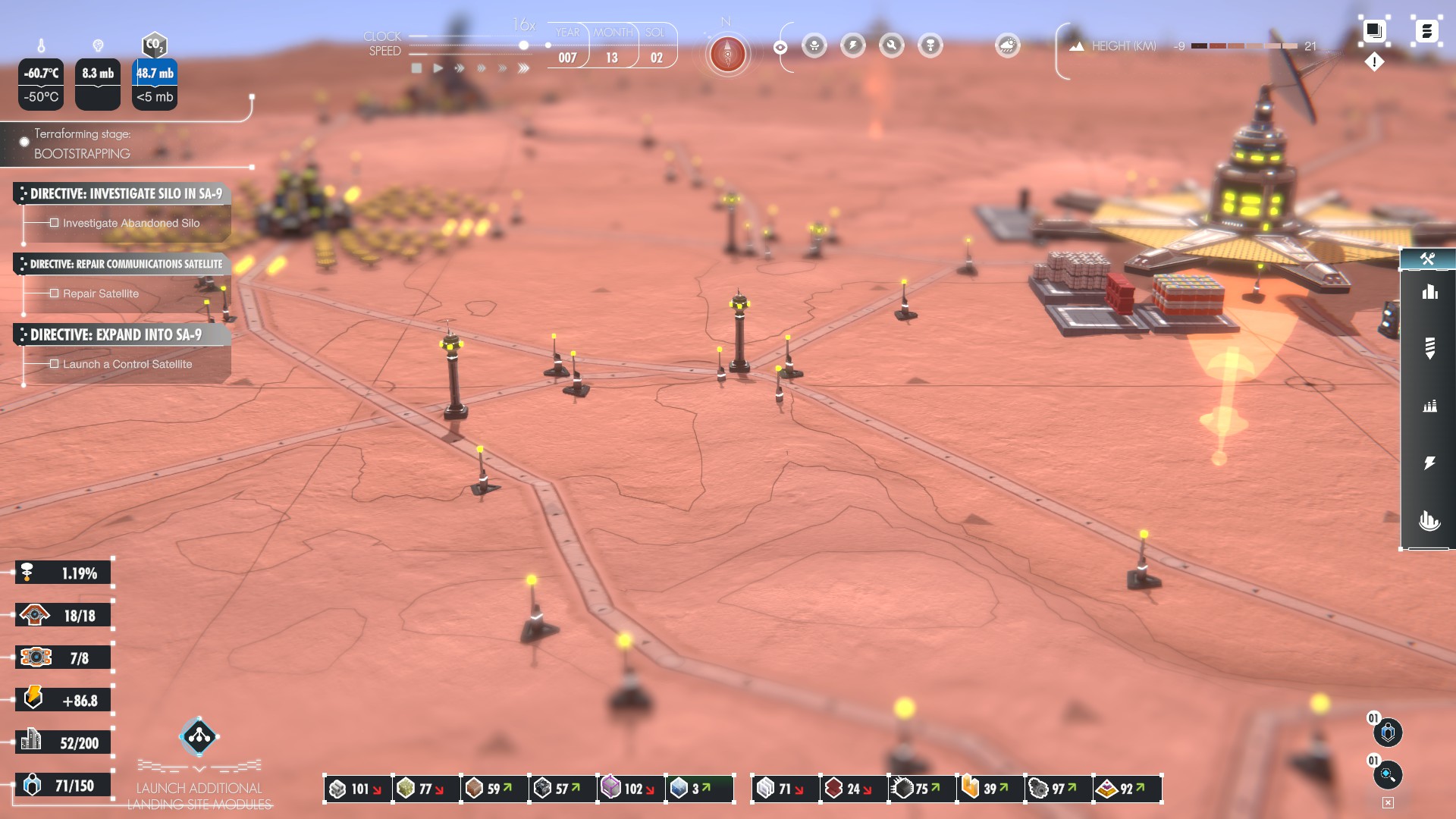
Narrative, Pacing and Consistency
Ok, let’s get into the story.
The story is, arguably, the most important aspect of the game. The game’s basic systems are robust and satisfying, but their support (in the terraforming, combat and so on) is lacking, failing to provide mechanical depth. Instead, you have a real plot, and a fairly interesting one!
Without diving into spoilers, the plot has a few different threads dealing with artificial intelligence and identity, empathy, authority, secrecy and so on. It’s quite interesting (if a little too blunt, at times)!
Although it has some big design problems, I love how it fits in with the other game aspects and your choices of tools at various points in the game. These amount to little than flavor text, at times, but it’s still a breath of fresh air (pun intended) for a city-building game.
Let’s talk about pacing. The plot was almost a great source of variety and change of pace here and there. For example, you will get a few lines of dialogue when you are halfway through a specific research items. You’ll also get various prompts throughout the game about your own actions or the other characters. These are all great to inject variety into the longer sections of pure resource management, which can get monotonous.
Unfortunately, they end up serving the opposite purpose, later in the game – as the grind gets longer, the story only advances when you’re in the middle of important gameplay changes (like when you’re busy destroying the enemy base once and for all!). This ended up working against itself, to be honest.
A more damning problem, however, is consistency. The plot, in my game, became simply inconsistent. The same character would react to me in completely opposite ways, because of different “origins”. Perhaps I helped a character in point A, but not at point B. Later on, I get a bad reaction at point C and a good reaction at point D. It’s difficult to describe the problem without spoiling the game, but the inconsistency was very clear.
Another sore example had to do with a very dramatic event that happened twice, kind of.
SPOILER AHEAD:
There was an event about a “killswitch”. They decided to deactivate me. This was very climatic, maintaining a good illusion that it was triggered by many of my actions from throughout the game. The whole matter resolved, it was cathartic and nice, cool. Later on, however, the event was triggered in a different situation. It was the very same event, however, about the killswitch being activated, with some of the exact same lines by the exact same people. Yet they were entirely unaware of the repetition, acting as if the killswitch was a revelation, a dramatic moment. Needless to say, it fell completely flat.
This is just to say that despite its interesting themes and competent writing, there are pretty deep design problems and make the whole plot inconsistent and well, wrong.
Thematically, I feel like the whole “identity” of an AI was a bit forced. Soma is a far better treatment of the subject in game form (though it doesn’t hold a candle to Derek Partfit), and Per Aspera kind of missed more interesting directions to take.
For example, on early problem was about whether the enemy AI was “you” in some respect just because it may have been an earlier version of your AI programming. It completely ignored the fact that the two were not in communication at all, so sharing a piece of code was largely irrelevant, just as sharing DNA is as well. A more interesting question would have been the confrontation between exactly similar AIs with different sources of information – knowing each to be the same, how would they resolve the “conflict”? Given the same information, they should have acted in the same way, so how to pool this information?
… But I am going too off the rails now!
The themes were interesting, if not entirely original (these days) and the narrative is yet another aspect that makes Per Aspera unique! That said, it is yet another aspect with holes that prevent it from working as intended.
Performance and Technical Issues
Just to finish the review, I have to mention the technical problems.
Beyond the narrative problems and minor UI or communication problems, I have encountered one, possibly two, game breaking bugs. The first was promptly fixed by the devs, but not the second – as of December 1st. I have not yet had the opportunity to play since then, although I have just launched the game to confirm that the bug was gone (patched on release day).
I don’t want to linger on the one bug that accidentally happened to me! These things happen.
That said, given the inconsistency problems in the narrative, this obviously makes me cautious. I feel like the game is being release a bit too early, before having its kinks ironed out – something which can hurt quite a bit at release.
The game also had memory leaks (I assume), as it started to hog my computer in longer sessions. Saving the game also became slower and slower – after a 2 hour session, saving the game would literally take several minutes.
I definitely don’t want to dismiss the game for these issues; but I do want to alert you to them, and probably advise you to wait a month of two to see whether these problems are common and, if so, fixed. The developers certainly seemed actively fixing problems and eager to support the game for a long time after release!
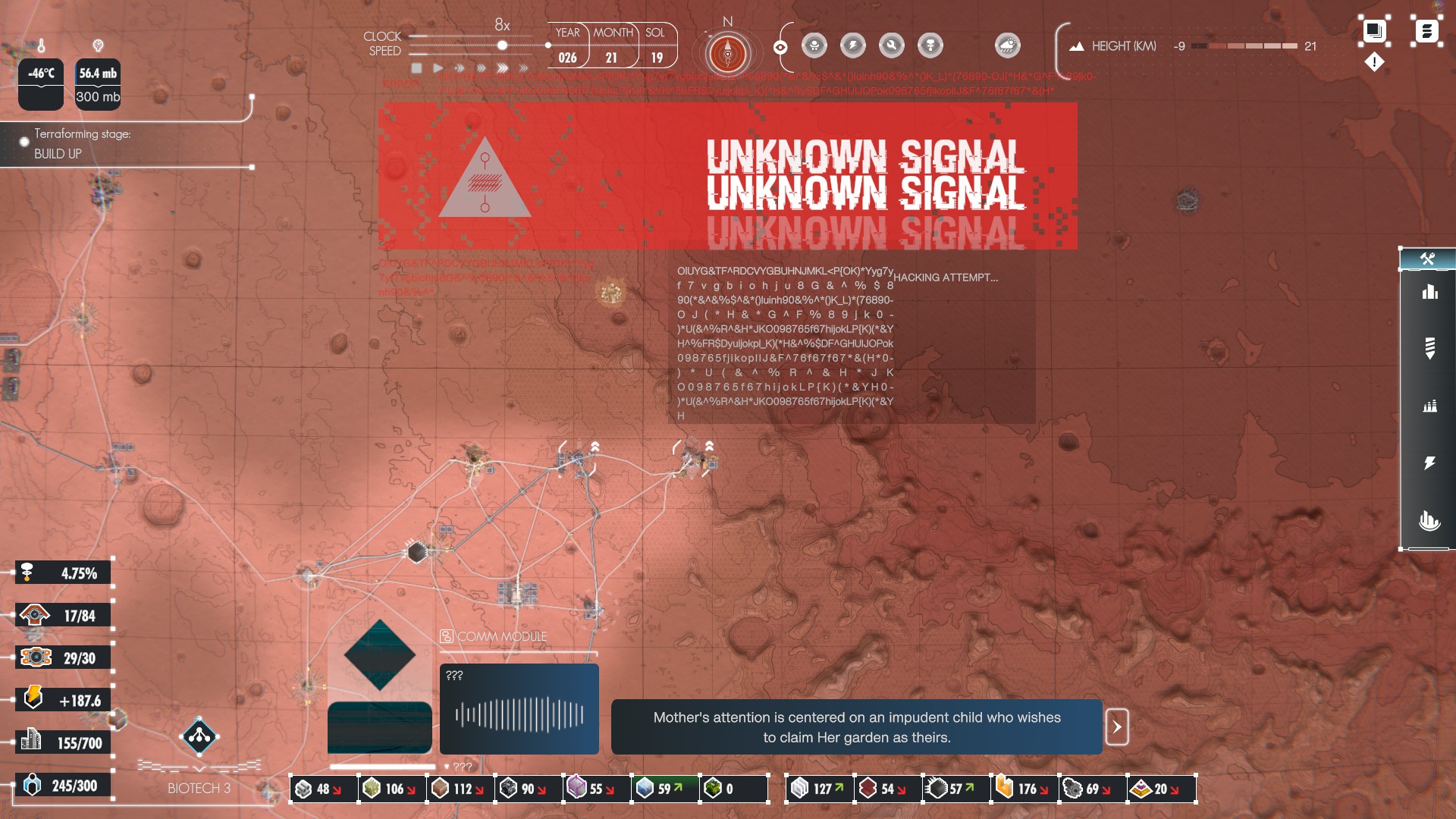
Conclusion
Well, what do I think of Per Aspera, after all this?
I’m torn. Clearly, this is a very original game in several ways, and its aesthetic attention to detail is impressive and inspiring! This is backed by a robust game loop with solid core mechanics.
Unfortunately, the supporting systems, the thematic systems, are either fairly bland, or not fully functional (not to say bugged), which makes this a hard sell.
I certainly enjoyed my time with it, though it was rather slow and long-winded at times (perhaps as much due to its vaguely worded descriptions as to inherent grind), but the flow was often interrupted by bugs, inconsistencies, or performance problems.
If it was an Early Access game, I’d give it a “Save”, for sure, with a potential “Autosave” if the issues were fixed. Given that this is the full release, I don’t expect the balance to change very deeply, so must leave it at a “Save for later”, with a “Save” in reserved for when the various issues (bugs and inconsistencies, not just unsatisfying mechanics) are fixed.
It’s certainly one of the most interesting and beautiful city-builders I’ve played! But give a couple of weeks of caution.

